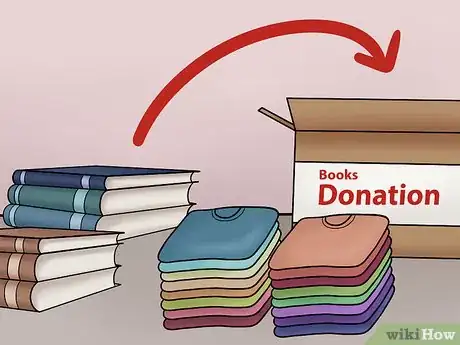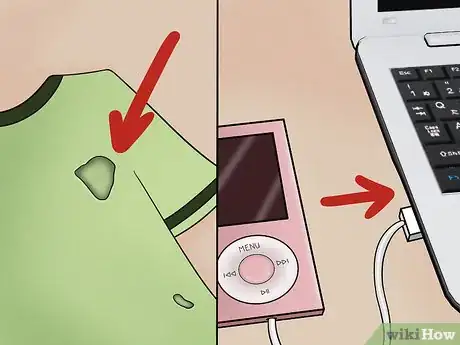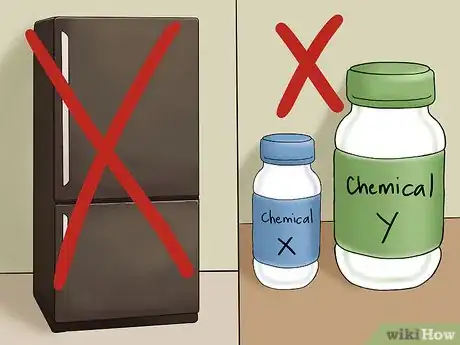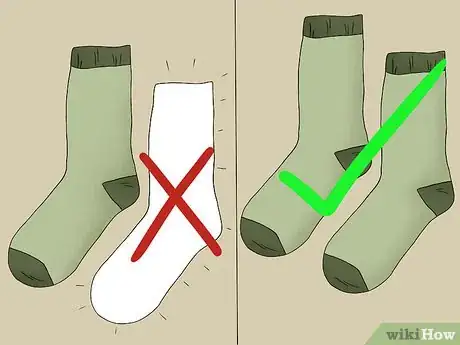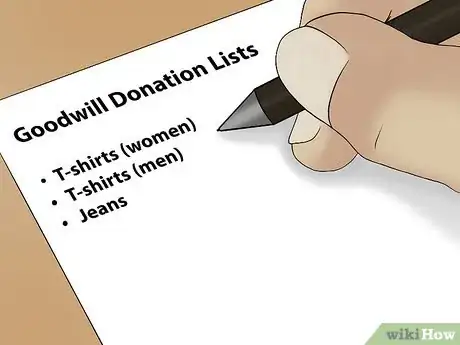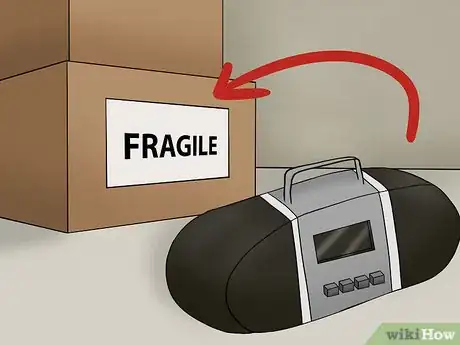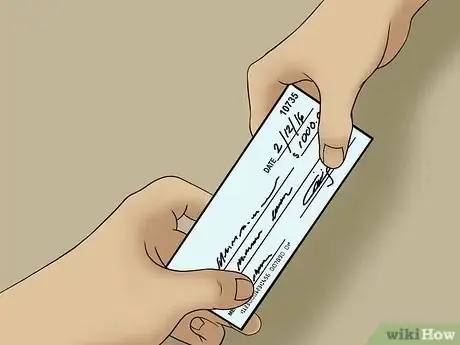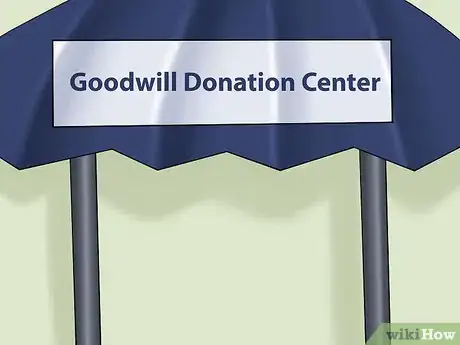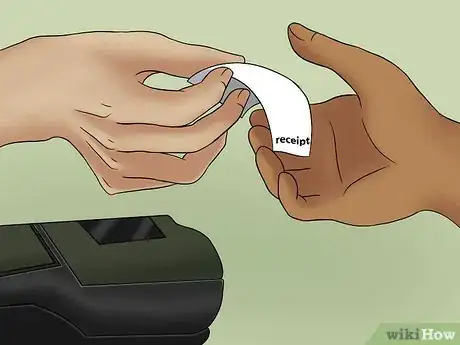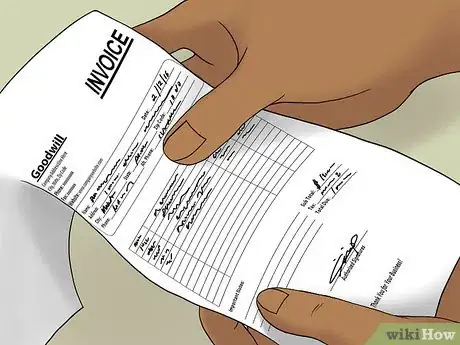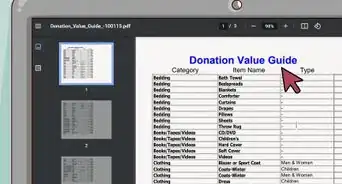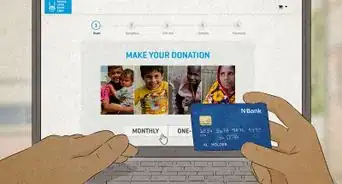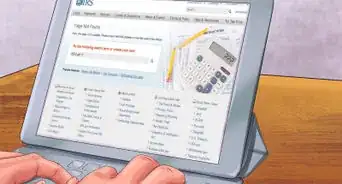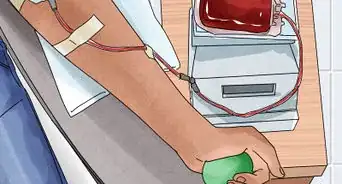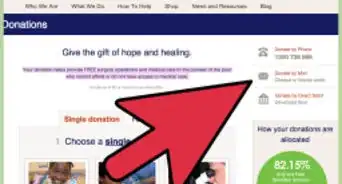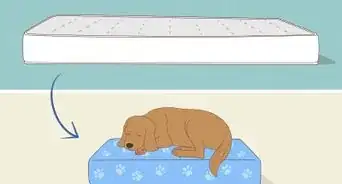This article was co-authored by Direct Relief. Direct Relief is an award-winning humanitarian aid organization, active in all 50 states and more than 80 countries. They focus on helping people affected by emergencies and natural disasters. Direct Relief has been highly rated by Charity Navigator, GuideStar, and the Center for High Impact Philanthropy at University of Pennsylvania, for their effectiveness, efficiency, and transparency.
There are 9 references cited in this article, which can be found at the bottom of the page.
wikiHow marks an article as reader-approved once it receives enough positive feedback. In this case, 100% of readers who voted found the article helpful, earning it our reader-approved status.
This article has been viewed 161,754 times.
Donating possessions that you no longer have a use for can make a huge difference in the lives of those who are less fortunate. Beyond that, giving to a charitable organization, like Goodwill, can improve your health, happiness, and sense of community.[1] By making use of a few techniques and proper procedure, your Goodwill donation will quickly find its way to those who need it.
Steps
Identifying Accepted Donations
-
1Collect your items for donation.[2] Whether you've come across clothing you rarely wear anymore while spring cleaning, or simply emptied out a storage closet cluttered with infrequently used items, gather all of your potential donations into one spot. Ensure that what you’re offering is something that's actually needed. You might want to divide your potential donations according to type, making piles for things like:
- Books
- Clothing
- Electronics
- Houseware
- Shoes
-
2Pre-inspect your donations. Donating a broken item won't help anyone out, so you should give all items you're considering for donation a brief inspection to make sure each has all of its parts, pieces, and is undamaged.[3]
- Test out electronics and appliances to see if these are in working order. This way you can be sure your donation makes a difference.
Advertisement -
3Separate your donations according to Goodwill guidelines. Goodwill accepts most new, like new, and gently used household items, including furniture and electronics.[4] [5] Some common items that Goodwill does not accept:
- Carpet/carpet padding
- Chemical products
- Cribs
- CRT, DLP, or rear-projection TVs
- Large appliances (refrigerators, washers/dryers, etc.)
- Mattresses/box springs
- Weapons[6]
-
4Keep pairs and sets together. Try to keep items that belong together from being separated, as a single shoe or dish will be far less useful than a complete set. You might consider using a rubber band to prevent shoes or other sets from losing a mate. When loading up your items, dropping off your donation will be much easier if you bag or box up similar items together.
-
5Make a list and evaluate worth. This can be particularly useful if you are planning on using these donations as a write off for tax purposes. Write down all the items you are planning to donate, and then use the Goodwill Valuation Guide to estimate the worth of your donation.
-
6Load your donations into a reusable container. Plastic totes or containers are often more durable than plastic bags or cardboard boxes, which can be especially helpful when moving heavy or cumbersome donations. Additionally, by transporting your things to a donation center in a reusable container, you are helping protect the environment by reducing waste.[7]
-
7Label fragile items. If you are donating something that has delicate parts or could potentially break, you may want to hand this to a Goodwill attendant as soon as you arrive at your donation center. If you are donating several fragile items or handing off your fragile item is not an option, package each carefully and clearly label each box with the word, "Fragile."
- Not only will a broken item lose much, if not all, of its value, but these can also be a safety hazard for Goodwill employees. Be sure your fragile items are safely packaged.
-
8Consider making a monetary donation. Goodwill aims to make a positive difference in the lives of those who are needy or less fortunate. In 2014 alone, Goodwill helped 318,000 people with employment finding services and 26.4 million people with professional development and financial planning services.[8] By making a monetary donation to Goodwill, you can be a part of these positive changes at a local or national level.[9]
- Donate your money by check or in cash at your local Goodwill.
- Make an online donation through the Goodwill website at: http://givenow.goodwill.org/site/PageNavigator/gii/GII_Landing_Page.html
- Checks sent by mail should be made out to "Goodwill Industries International, Inc." at the address:
Goodwill Industries
International, Inc.
15810 Indianola Drive
Rockville, MD 20855
Dropping off Donations
-
1Find your nearest Goodwill donation center. Goodwill is a large charitable organization with facilities throughout America, Canada, and other countries as well.[10] [11] You can do a general Internet search for "Goodwill Donation centers near me," or you can visit the Goodwill homepage and use the store locator feature at the top of the page. You can reach the Goodwill homepage at:
-
2Park at the loading area or speak with an attendant. When using a car to transport your donation(s), you should see signs at your donation center directing you to a drop off location. Follow these and, after you park, a donation attendant should come and help you unload your donations.[12]
- If you are arriving with a donation on foot, you can bring your donation through the front door and ask for help from an attendant at the front counter.
-
3Get a receipt, if you desire. Charitable donations are tax-deductible in the USA and can save you some money during tax season. When you are dropping off your items for donation, you should ask the attendant helping you for a receipt for your contribution.[13]
- Keep your donation receipt until it is time for you to file taxes, then file the information in the appropriate section for charitable deductions.
-
4Verify your donation receipt. It's easy for an item to be overlooked when you bring in a major haul for donation, so you should verify that all donated items are included and properly valued on your receipt. By checking the donation receipt against your list of items to donate, you can rest assured that you are not only helping people, but also getting the highest possible tax deduction.
Community Q&A
-
QuestionShould I take my clothes to Goodwill on the hangers?
 Community AnswerFor clothes, hangers must be removed prior to donation.
Community AnswerFor clothes, hangers must be removed prior to donation. -
QuestionDoes Goodwill wash clothes that are donated before putting them out for sale?
 TamaraTop AnswererNo, Goodwill doesn't wash donated clothes. This would cost too much on so many levels. This is why the stores smell musty. It is always a good idea to wash any second-hand clothes that you purchase.
TamaraTop AnswererNo, Goodwill doesn't wash donated clothes. This would cost too much on so many levels. This is why the stores smell musty. It is always a good idea to wash any second-hand clothes that you purchase. -
QuestionDo I need to give money or can I just donate whatever I have?
 Community AnswerAs long as it isn't junk, and you think someone will want it, feel free to donate whatever you have!
Community AnswerAs long as it isn't junk, and you think someone will want it, feel free to donate whatever you have!
Warnings
- If you are under eighteen, you should consider having your parents or another guardian to accompany you. It's always best to be accompanied by a trusted adult when performing a transaction.⧼thumbs_response⧽
References
- ↑ http://greatergood.berkeley.edu/article/item/5_ways_giving_is_good_for_you
- ↑ http://www.goodwill.org/donate-and-shop/donate-stuff/
- ↑ http://www.goodwill.org/donate-and-shop/donate-stuff/
- ↑ http://www.amazinggoodwill.com/donating/donor-guidelines
- ↑ http://www.goodwill.org/donate-and-shop/donate-stuff/
- ↑ http://www.amazinggoodwill.com/donating/donor-guidelines
- ↑ http://www.amazinggoodwill.com/donating/how-it-works
- ↑ http://www.goodwill.org/give/ways-to-give/
- ↑ http://givenow.goodwill.org/site/PageNavigator/gii/GII_Landing_Page.html
About This Article
To donate to Goodwill, start by making sure the items you want to donate are new or gently used, have all their parts, and are in good working order. Next, go online to find the nearest donation center, and plan a trip for a time they’ll accept donations. When you get there, follow the signs to their drop-off location and ask an attendant for help unloading your items. Additionally, make sure to ask for a receipt if you plan on claiming your donation as a tax deduction. For more information, including how to value the items you’re donating, keep reading!
